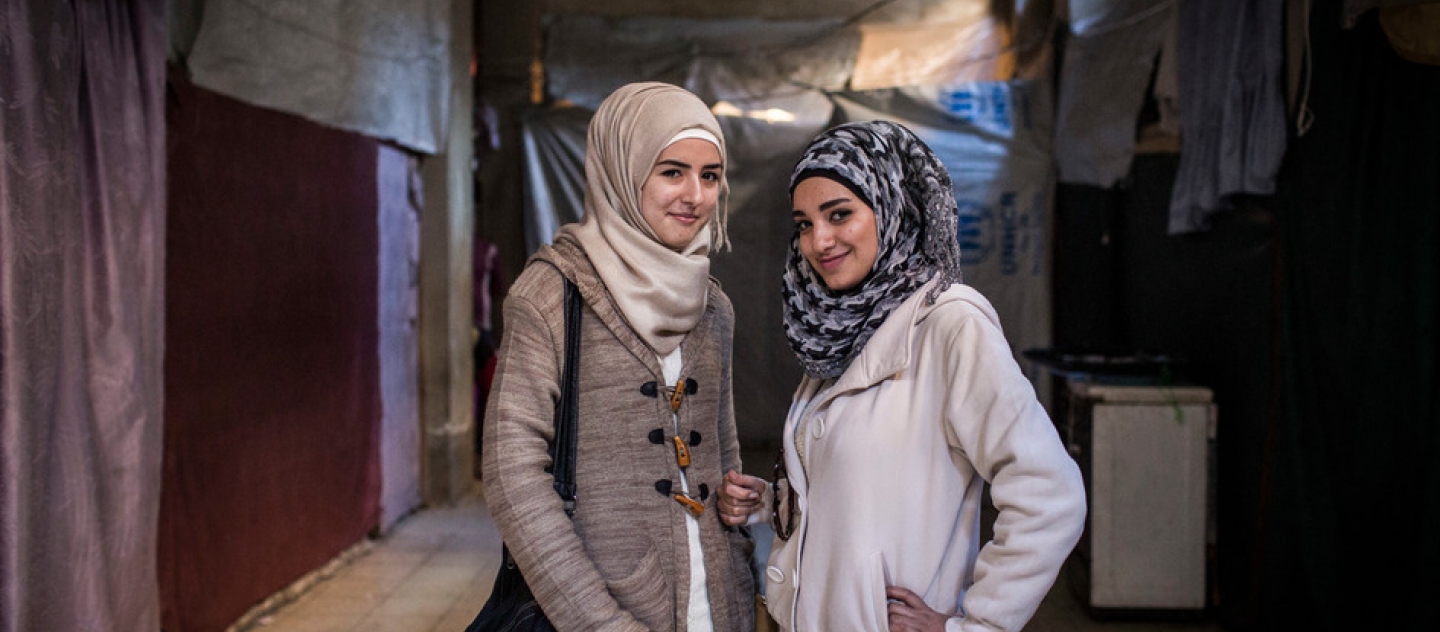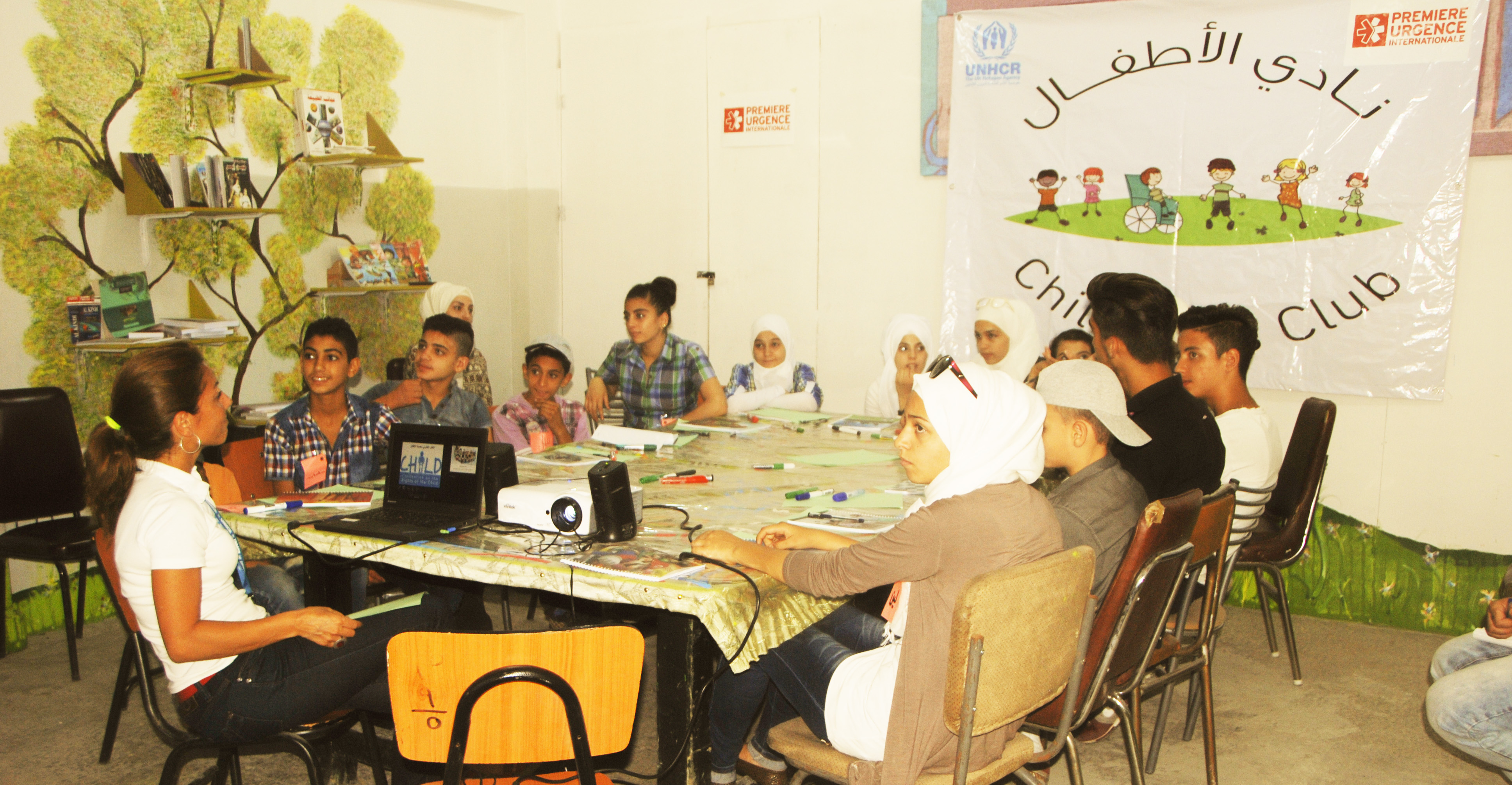History of UNHCR Syria
UNHCR’s presence in Syria started as part of the emergency response to the human displacements resulting from the 1991 Gulf War and subsequent internal disturbances in Iraq.
The main objective for UNHCR by then was to provide protection and assistance to around 8000 refugees hosted in the El Hol camp in the governorate of Hassakeh, North-East Syria. This initial caseload was followed, in 1992, by an influx of Somali refugees in the aftermath of the collapse of the State of Somalia and the arrival, in 1995, of a large group of Yemeni military officers and their family members fleeing the civil war between North and South Yemen. Subsequently, a steady flow of asylum-seekers originating mainly from Iraq, Sudan, Somalia and Afghanistan continued to enter Syria and to approach UNHCR seeking protection from persecution.
In the wake of the war in Iraq in March 2003, Temporary Protection Regime (TPR) was applied for all Iraqi nationals in Syria upon the Syrian authorities’ consent. It was estimated that by the end of 2003 over 70,000 to 100,000 Iraqis were living in Syria. Hence this TPR was applicable for all those Iraqis. In subsequent years, Iraq witnessed a deteriorating security situation. The scale, visibility and impact of the movement out of Iraq increased in a particularly dramatic manner as a result of the violence outraged since February 2006. During the same year, Syria received around 100,000 people from Lebanon who were fleeing temporary the war in Lebanon at that time. By 2009, the Government of Syria estimated the Iraqi refugee population in Syria at 1.1 million people, 206,000 out of them was registered with UNHCR as of March 2009.
When the crisis in Syria started in 2011, there were 143,000 refugees and asylum-seekers registered with UNHCR in Syria. This number had decreased dramatically since then due to insecurity and limited resources for refugees in the country. The years of crisis in Syria witnessed a continuous diminish in new asylum requests. However, 2015 saw sharp increase in registrations of Iraqis as a result of violence and conflict linked to the territorial take-over by the ISIS and the counter-insurgency launched by the Government of Iraq and its allied forces. In 2013, 1,193 new requests were received with 1,768 in 2014. This increased to 5,403 individuals in 2015.
Today, there are 35,277 refugee and asylum-seeker registered with UNHCR in Syria, 65% of them are from Iraq. In addition to 7,548 asylum-seekers, live in three camps in the North East governorate of Hassakeh.
In 2012, with the escalation of the crisis in Syria, UNHCR expanded the scope of its operations to respond to the humanitarian needs of increasing number of internally displaced persons and other populations affected. To date, UNHCR team in Syria includes more than 400 national and international members of staff including over 300 in UNHCR’s Branch Office in Damascus, with staff based in five field offices in the cities of Aleppo, Qamishli, Tartous, Homs and Swaida.
Since September 2014, humanitarian actors operating inside Syria or across the Turkish and Jordanian borders have embarked on a “Whole of Syria” (WOS) approach in an effort to improve the effectiveness and operational reach of their collective responses.
As part of the WoS approach, the 2015 Syria Strategic Response Plan (SRP) was developed, as an overarching framework for the humanitarian response inside Syria. Under the 2015 Strategic Response Plan UNHCR is sector lead in Protection and Community Services, Camp Coordination and Camp Management (CCCM) and Non-Food Items (NFI)/Shelter. In addition, UNHCR is supporting the provision of comprehensive primary health care including mental health, essential and chronic disease’s medicines through Syrian Arab Red Crescent and charity association’s clinics in Damascus, Rural Damascus, Homs, Tartous, Aleppo, Hama, Idleb and Hassakeh. In addition UNHCR support the emergency lifesaving referrals through the out contracted charity and private hospitals. UNHCR also assess the Education Sector through the rehabilitation of schools, including provision of basic furniture and gender sensitive wash facilities.
In cooperation with 21 International and National NGO Partners, UNHCR undertakes programmes in all 14 governorates of Syria, aiming at reducing vulnerabilities and enhancing protection, through a wide range of community based activities, with particular focus on the neediest and most vulnerable population groups.
Pursuant to its mandate, UNHCR leads and coordinates the multi-sectorial response to the refugee situation inside Syria.


